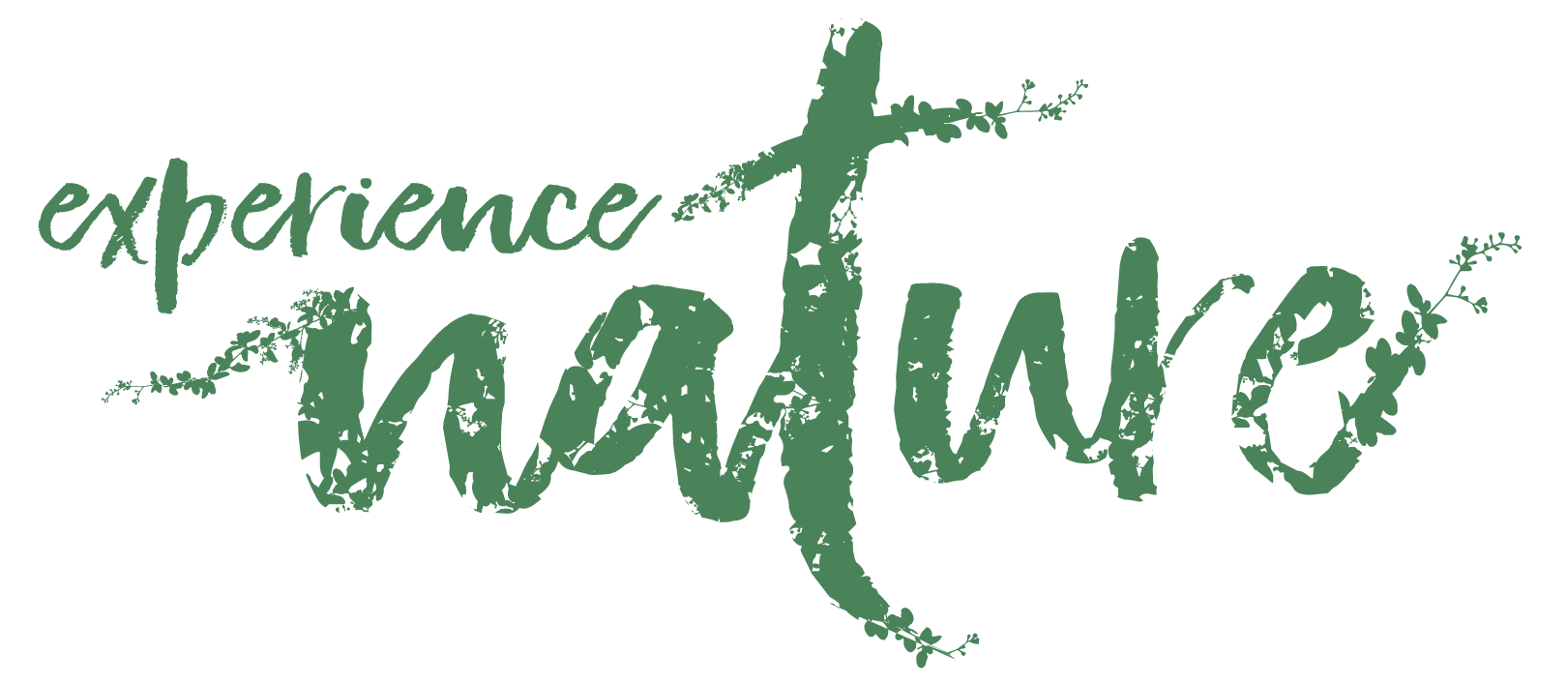As a nature tourism business protecting the environment is part of our DNA and one thing the COVID 19 pandemic has taught us, is how important our relationship with natural world is on so many levels. Over the summer we have stumbled across some really innovative ways that people all over the world are working with the environment to solve some fascinating challenges. Here are a few to read this weekend that offer some much needed good news.
Known as the world’s cleanest waste-to-energy plant, Denmark’s CopenHill is a waste-treatment plant 10 minutes from downtown Copenhagen featuring a slope that residents can ski down. Not only do they import rubbish to burn, rather than it going to land fill, but they have created a recreational park in the process. Here is one journalists account of skiing down the slopes of this new hybrid energy source and living building.
Travel with purpose is now the new buzz word and it’s great to see Conde Nast taking the lead with its first sustainability issue in March 2021– as the editor Melinda Stevens comments ‘So after many months and many discussions, here is our edition focused on exactly the most important matter at hand.
This is the new issue of Condé Nast Traveller. Because we mustn’t get downhearted now. This is when the true commitment begins, for our planet and for the people who live on it. Do as my most lovely Yorkshire-born creative director does in the mornings when times are tough. He looks at me, holds up his fist, gives a smile and says, ‘Come on, let’s go again.’ If you don’t subscribe, it’s worth every pound for the iPad downloadable monthly issue.
 .
. 

Have you heard about Compton Road in Brisbane? It’s a 1.3 kilometre road widening project that cuts through Karawatha Forest, one of the largest areas of remnant bushland and recognised as of national significance. In 2003 Professor Jones was asked to consult on the best way to widen the road and protect local wildlife. What was proposed for Compton Road incorporated a wildlife overpass with rope ladders for possums, poles for gliders and customised culverts to act as tunnels for small animals to pass beneath the road. It was the most ambitious project of its type in the world and it worked.
What this very clever project shows us, is that animals are smart if we just help them. Within 3 weeks of installation koalas were using the ledges to navigate the road, keeping them safe. “Just six months after completion we were absolutely overwhelmed by how many animals were there. On the busiest nights in summer, we had 45 animals using all the crossing installations. Even little animals, which had never seen a structure like it before, were scurrying through an 80-metre tunnel.” Professor Darryl Jones.
We need more projects like this in Australia – write to your council, local member and newspaper. Let the revolution begin.
